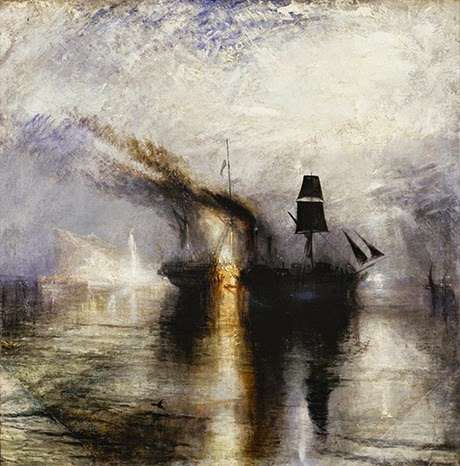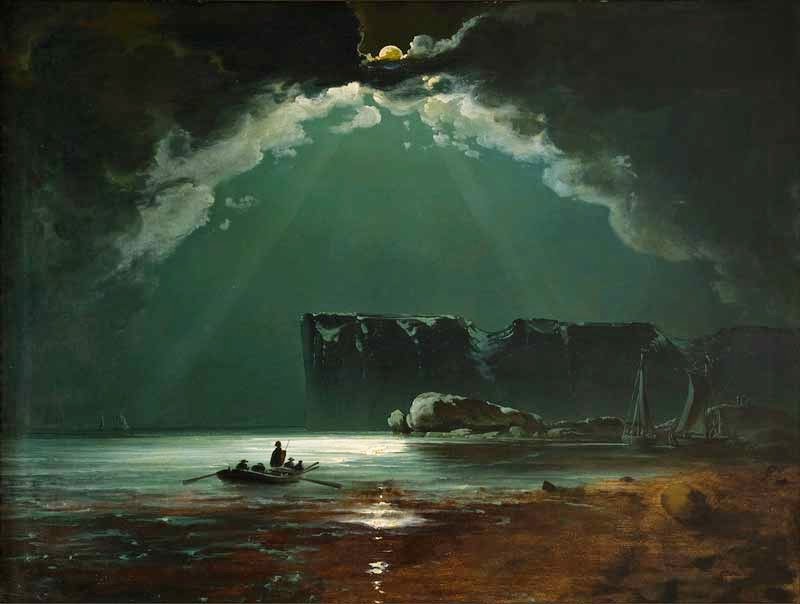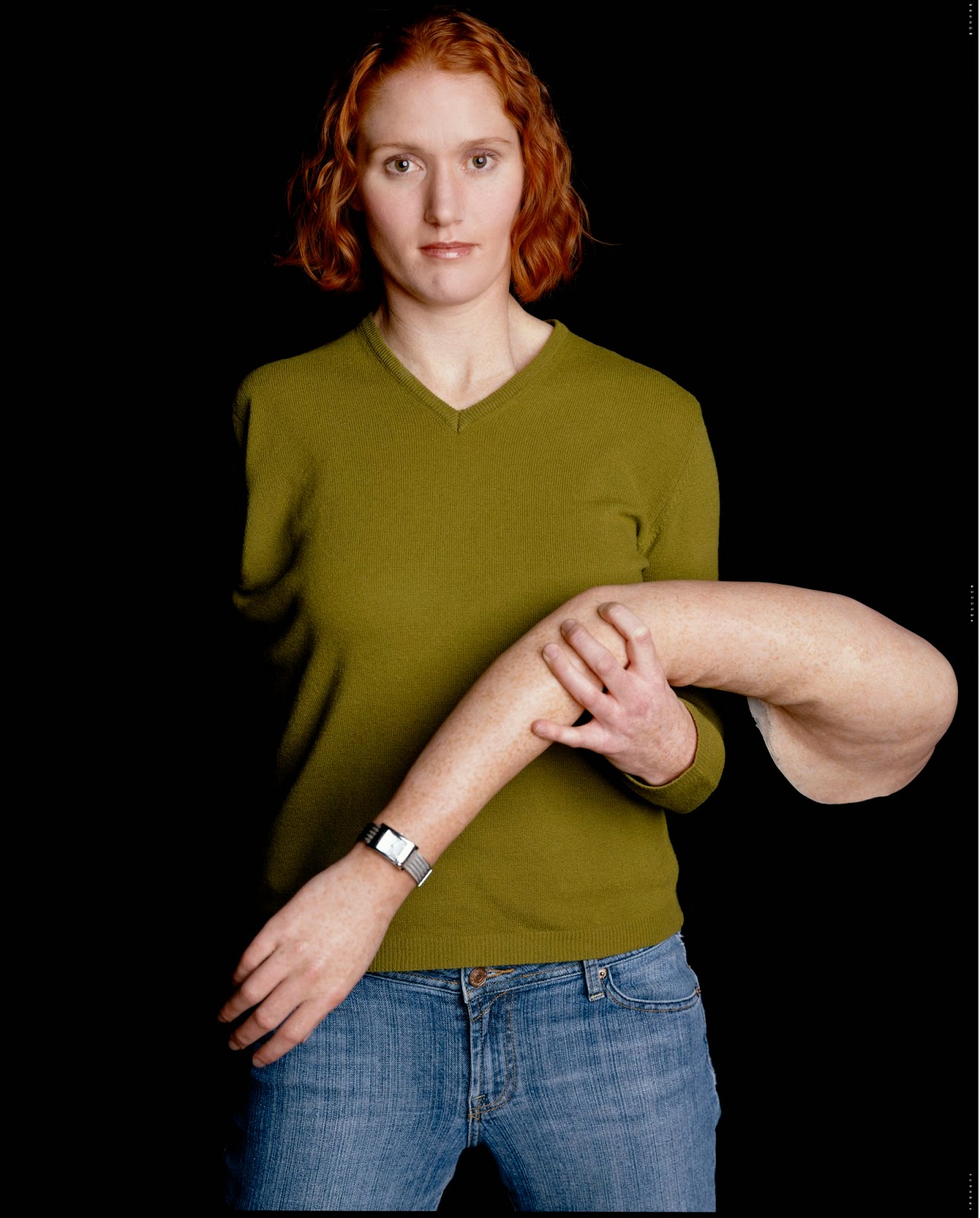-->
Volunteering at The Royal Highland Fusiliers Museum
As mentioned in my May post since June last year I’ve been volunteering at the The Royal Highland Fusiliers Museum (RHF). However, I've recently left the RHF museum to move down to England so I thought I'd memorialise my time there in one last blog post.
The Charles Rennie Mackintosh designed Regimental Headquarters and Museum is located near Charing Cross on Sauchiehall Street in Glasgow and it’s a hidden gem stuffed to the gunnels with all sorts of historic military paraphernalia. The Royal Highland Fusiliers were formed in 1959 by the amalgamation of two of the British Army’s most distinguished Regiments The Royal Scots Fusiliers and The Highland Light Infantry.
 |
| Me holding a medal |
I found the RHF Museum shortly after graduating from my Museum Studies course and I’ve spent the
last year volunteering there in various capacities. Volunteering at the museum has been
a really great way of building my CV and getting some much needed ‘hands on’ curatorial and archival experience that’s much needed -and expected-
these days before even hoping to find paid work within the cultural heritage
sector. Tasks at the RHF museum have included everything from
organising display cases, conducting archival research and handling enquiries
from veteran’s families seeking information on relatives who once served with the
Regiment. This placement has also involved assisting in the digitisation of
WW1 related documents and artefacts and managing the museum’s dreaded
electronic database system (Modes).
For this month's post I thought I’d share some of the interesting artefacts kept in the collection that have really caught my eye over the last year. Up for discussion are the WWI gas masks and a 'Dead Mans Penny'/Memorial Scroll donated to the museum by the family of RSF Pte Walter Rumph.
The P helmet and the PH helmet
Probably the most distinctive items currently on display are the two
nightmarish First World War gas masks kept in the RHF museum's Gallery Five. The masks on display are the P helmet and PH
helmet and are worth seeking out (see picture's below).
 |
| Machine Gunners in gas masks during the Battle of the Somme in France, July, 1916. |
Gas masks used in World War One were made
as a result of poison gas attacks that took the Allies in the trenches on the
Western Front by surprise. Early gas masks were crude since
no-one had thought that poison gas would ever be used in warfare as the mere
thought seemed too shocking. The P helmet, PH
helmet were early types of gas masks issued by
the British Army during the War to protect troops against chlorine, phosgene
and tear gases. Rather than having a separate filter for removing the toxic
chemicals they consisted of a gas-permeable hood worn over the head which was
treated with chemicals. The P (or
Phenate) Helmet, officially called the Tube Helmet, appeared in July 1915,
replacing the simpler Hypo Helmet.
 |
| The "P" helmet introduced in 1915 |
The Phenate or "P" helmet was
made of two layers of flannelette (Cotton) with an added mouth piece. The inner
layer of flannelette is usually, not always, striped pajama flannelette.
"P" stands for Phenate. These stayed in service until Jan 1916 as
Primary defense. It featured two mica eyepieces instead of the single visor of
its predecessor, and added an exhaust valve fed from a metal tube which the
wearer held in his mouth. It had flannel layers
of cloth-dipped in sodium phenolate and glycerin and protected against chlorine
and phosgene, but not against tear gas. Around 9 million were made.
 |
| The "PH" helmet introduced in 1915 |
Phenate-Hexamine or "PH" helmet
is almost identical to the P helmet. The real difference was in the dipping
solution. PH Helmets are usually stamped PH with a number (Lot number). The PH
Helmet introduced in October 1915, with added hexamethylene tetramine, greatly improved protection against phosgene and added protection against
hydrocyanic acid. Around 14 million were made and it remained in service until
the end of the war by which time it was relegated to second line use.
'Dead Man's Penny' and Memorial Scroll donated to the museum by the family of RSF Pte Walter Rumph
Also on display in the same gallery is a
selection of Memorial Plaques and Scrolls. For this post I've specifically focused on a memorial Plaque that was given to the next of kin to Private Walter Rumph and subsequently been donated to the RHF museum.
These Memorial Plaques were made of bronze
and often referred to as ‘Dead Man’s Penny’s’
due to their similarity in appearance to the somewhat smaller penny coin. The
Memorial Plaques where issued after the First World War to the next-of-kin of
all British and Empire service personnel who were killed as a result of the
war.
It was decided that the design of the
plaque, about 5 inches (120 mm) in diameter and cast in bronze, was to be
picked from submissions made in a public competition. Over 800 designs were
submitted and the competition was won by the sculptor and medallist Edward
Carter Preston with his design called Pyramus, receiving a first place prize of
£250. This token includes an image
of Britannia holding a trident and standing with a lion. The designer's
initials, E.CR.P. appear above the front paw. In her left outstretched hand
Britannia holds an oak wreath above the rectangular tablet bearing the
deceased's name cast in raised letters. The name does not include the rank
since there was to be no distinction between sacrifices made by different
individuals. Two dolphins swim around Britannia, symbolising Britain's sea
power, and at the bottom a second lion is tearing apart the German eagle. The
reverse is blank, making it a plaquette rather than a table medal. Around the
picture the legend reads (in capitals) "He died for freedom and
honour", or for the six hundred plaques issued to commemorate women,
"She died for freedom and honour".
The plaques were issued in a pack with a
commemorative scroll from King George V. The scroll was printed on high quality
paper, size 11 x 7 inches (27cm x 17cm).
The committee found the choice of words very difficult and asked for
advice from numerous well-known writers. Among those approached for suggestions
was Rudyard Kipling, whose only son John was missing in action, believed
killed, at the Battle of Loos in late September 1915. However, even with this
help the committee couldn't make a decision on the words. Dr Montague Rhodes
James, Provost of King's College Cambridge, was then asked if he would write a
draft for the wording.
The accepted wording agreed by the committee was:
“He whom
this scroll commemorates
was numbered among those who,
at the call of King and Country, left all that was dear to them
endured hardnedss, faced danger, and finally passed out of the sight of men by the path of duty
and self sacrifice, giving up their own lives that others might live in freedom.
was numbered among those who,
at the call of King and Country, left all that was dear to them
endured hardnedss, faced danger, and finally passed out of the sight of men by the path of duty
and self sacrifice, giving up their own lives that others might live in freedom.
Let those
who come after see to it
that his name be not forgotten.”
that his name be not forgotten.”
The text was to be printed in calligraphic script beneath the Royal
Crest followed by the name of the commemorated serviceman giving his rank, name
and regiment individually written in calligraphic sc.
 |
| Scroll for RSF Private Walter Rumph |
During my time at the RHF Museum I helped
cataloging many of these plaques and scrolls. I became quite
attached to these items that belonged to Pte Walter Rumph’s family as I was
put in charge of listing and cataloging them when they where recently handed into
the museum. Among the collection of items handed in with Pte Rumph’s death penny and scroll was a
selection of embroidered postcards from the front, a series of photographs and many other personal belongings and trinkets.
 |
| Pte Walter Rumph with his wife Helen and daughter Gracie |
Tragically, Walter died on October
31st, 1918 just a week before the war ended, leaving a widow and a small
daughter, Gracie.
 |
| Postcard reads: 'With compliments and kind rememberance of 28 sept 1913, 5 years of the best with love Dear from your loving husband Walter xxxx' |
Here's a segment about The Royal Highland Fusiliers Museum filmed recently by STVGlasgow for the Riverside Show -look closely enough and you can see me 30 seconds in standing in the background of the main gallery.
Nemo Me Impune Lacessit
(No One Assails Me With Impunity)
Christy






































.jpg)












.jpg)




